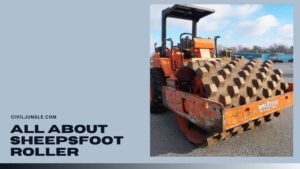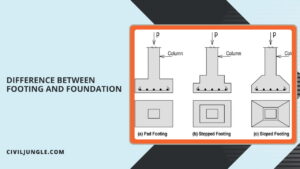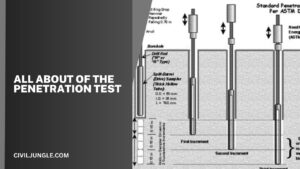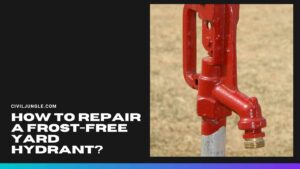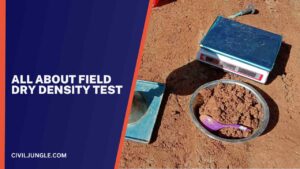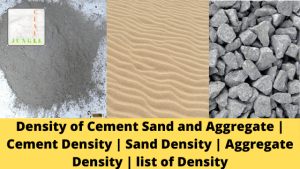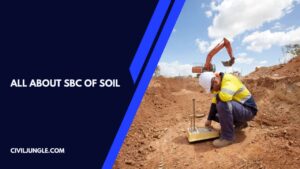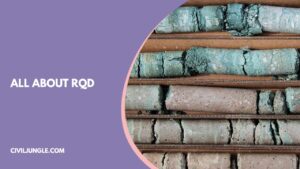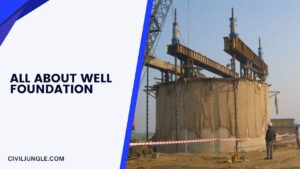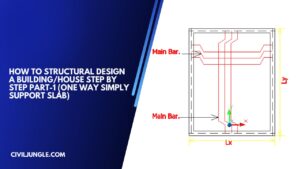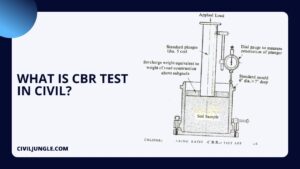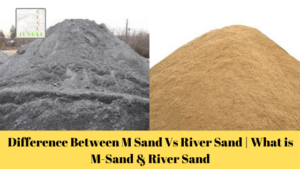Introduction of Rock Cycle Steps Rocks are one of the most common materials found on Earth. The Earth is made up of Rocks. The rocks are composed of different types of mineral grains which is combined in different ways and … [Read more...]
Soil Hydrometer | What Does a Hydrometer Measure | How Does a Soil Hydrometer Work | How to Read Hydrometer | Use a Hydrometer | Advantages & Disadvantages of Hydrometer
Soil Hydrometer: A hydrometer is an instrument that is utilized to gauge the general thickness of a fluid. Essentially, what is a hydrometer used for is to measure the density of liquids. A hydrometer is made of glass and … [Read more...]
What Is Sheepsfoot Roller | Advantage & Disadvantges of Sheepsfoot Roller | Application of Sheepsfoot Roller | Design of Sheepsfoot Rollers
Sheepsfoot Roller: The sheeps foot compactor, also known as sheep foot roller is used for compacting, tamping rollers or padfoot rollers, which have many rectangular-shaped lugs or feet. In road construction works the sheep … [Read more...]
Difference Between Footing and Foundation | What is Footing and Foundation
What is Footing? Foundation Definition: The footing foundation is generally supporting columns and may be round, square, or rectangular at a plan and in section.and may be round, square, or rectangular at a plan and in … [Read more...]
What Is the Penetration Test | What Is SPT Test | Procedure of SPT Test | Advantages and Disadvantages of SPT Test
What Is the Penetration Test? These tests involve the measurement of the resistance to penetration of a sampling spoon, a cone or other shaped tools under dynamic or static loadings. The resistance is empirically correlated … [Read more...]
What Is Standard Proctor Test & his Detail | Procedure Standard Proctor Test
What Is Standard Proctor Test & his Detail? Probably the single most important soil trait is its density or compaction. Soil is made up of many particles of different sizes. The closer together these particles are, the more … [Read more...]
What Is Transported Soil | Transported Soil Definition | Classification of Transported Soil | Residual Soil and Transported Soil
What Is Transported Soil? Soil is formed through the process of weathering of the rocks, and it's essential to understand how are soils transported. Soil is a natural resource which is present on our earth. Weathering of the … [Read more...]
How to Repair a Frost-Free Yard Hydrant
How to Repair a Frost-Free Yard Hydrant? A frost-free yard hydrant is a valuable addition to any property, providing convenient access to water for irrigation, gardening, and other outdoor needs. However, like any mechanical … [Read more...]
What Is a Field Dry Density Test | Different Types of Field Density Tests
What Is Field Density Test? Various types of field density tests are being practiced in different parts of the world for the evaluation of in-situ soil compaction and knowing the relative degree of Compaction. FDT, Full … [Read more...]
Fineness Modulus of Fine Aggregate | Fineness Modulus of Coarse Aggregate | Sieve Analysis of Fine Aggregate | Sand Zone Classification
Fineness Modulus of Fine Aggregate: The sand fineness module (fine aggregate) is an index number describing the mean size of sand particles. By doing sieve analysis with normal sieves, it is measured. The accumulated … [Read more...]
Density of Cement Sand and Aggregate | Cement Density | Sand Density | Aggregate Density | list of Density
Density of Cement, Sand and Aggregate Density is also called the unit weight of a substance. It is represented by a symbol called a line (p). Density represents the degree of compactness of a material. If the material is of higher … [Read more...]
What Is SBC of Soil? | Safe Bearing Capacity of Soil
The first test to be carried out before construction is the soil's safe bearing capacity. It is a preliminary test that must be carried out before the construction of any structure. It is recommended that the safe bearing … [Read more...]
What Is RQD | Advantages of Rock Quality Designation | Limitations of Rock Quality Designation (RQD)
Introduction of RQD In Civil engineering, different parameters are used to characterize the Quality of the rocks. Evaluation of the Mechanical Properties of the rocks and Characteristics of rocks is one of the challenging parts … [Read more...]
What Is Well Foundation | Component of Well Foundation
What Is Well Foundation? Well foundation is a type of deep foundation which is generally provided below the water level for bridges. Cassions or well have been in use for foundations of bridges and other structures since the … [Read more...]
How to Structural Design a Building/House Step by Step Part-1 (One Way Simply Support Slab)
Any construction building design as per the below step. In this article, we design only slab and next article next steps calculation. Slab Design Slab Beam Design Lintel Beam Design Column Design Plinth Beam … [Read more...]
What is CBR Test in Civil
What is CBR Test? CBR Test Full Name is California Bearing Ratio (CBR) In the year 1930, this test was developed by the California Division of Highways around 1930 and was consequently accepted by several states, nations, … [Read more...]
Difference Between Coarse-Grained Soil and Fine-Grained Soil | What Is Coarse-Grained Soil | What Is Fine-Grained Soil
Introduction of Coarse-Grained Soils Vs Fine-Grained Soils Soil is one of the most important components which should be check and tested before doing any kind of construction on the site. As a civil engineer, it is very … [Read more...]
Difference Between M Sand Vs River Sand | What is M-Sand & River Sand
What is M-Sand? M-Sand M- Sand full name is Manufacturer Sand. M Sand is nothing but artificial sand made from crushing of rock or granite for construction purposes in cement or concrete. M sand differs from natural … [Read more...]


